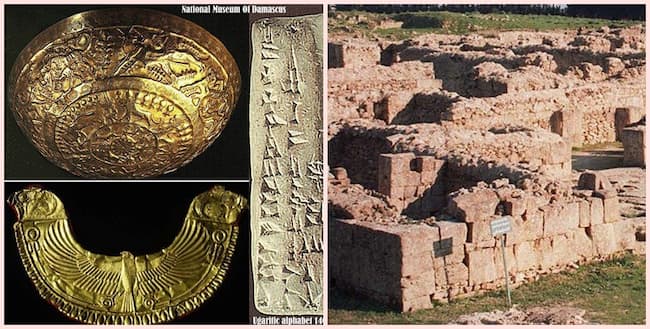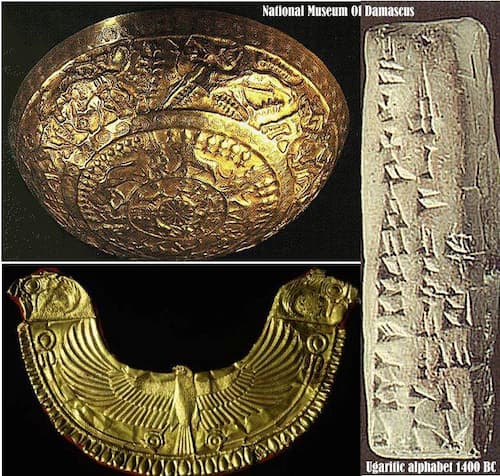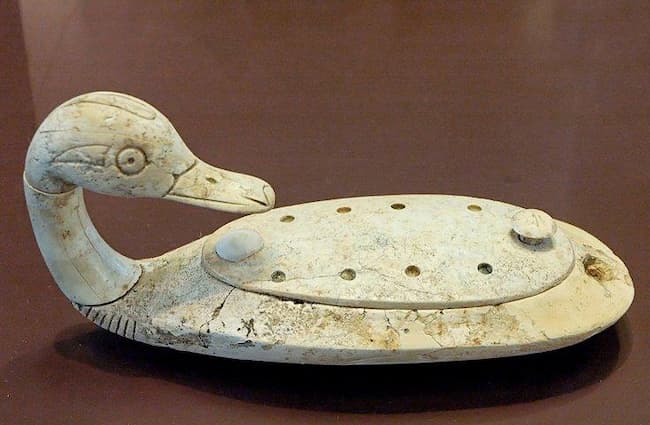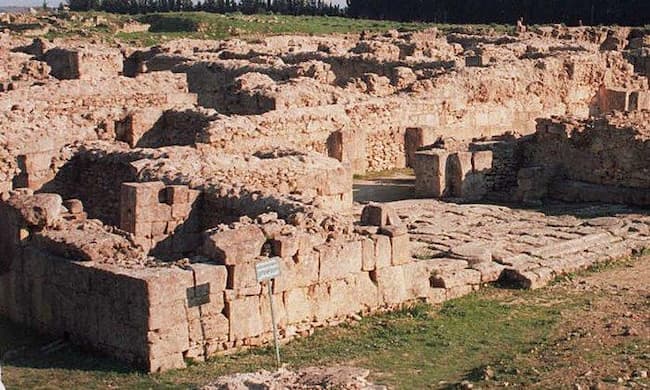Sutherland – AncientPages.com – The forgotten ancient Canaanite city of Ugarit was discovered in 1928 by a local farmer plowing his field. He was unaware that he accidentally came across the remains of an old seaport at its political, religious, and economic greatness around the 12th century BC.

Soon, the site, called by the residents of Ras Shamra, became an important place for discoveries of a cemetery only 150 meters from the Mediterranean Sea, an ancient city of Ugarit, and a royal palace built on a trapezoid-shaped mound about 20 meters high.

Ugarit was one of the significant Canaanite city-states during the second millennium BC. At first, the vaulted tombs found at the site and the painted pottery of Ugarit’s cemetery suggested that the ancient city was a Mycenaean colony. However, as the first texts were unearthed, deciphered, and translated, it became evident that Ugarit was a Semitic city.
In the graves, they discovered Egyptian artifacts dated to the 2nd millennium BC, including Phoenician, Mycenean, and Cypriot items.

A duck container made from hippopotamus tusk dated to the 13th century BC was found at Minet el-Beida, a place that served as the harbor town and necropolis for Ugarit. Image credit: Marie-Lan Nguyen – Public Domain
The city was located in a large artificial mound called Ras Shamra (Raʾs Shamrah), about 10 km (6 miles) north of Latakia, on the Mediterranean coast of northern Syria. Archaeological excavations since then have also uncovered ruins of temples, libraries, and private houses.

The most important discovery of the French archaeologists working at the site was a collection of tablets carved with an unknown (at that time) cuneiform script. The excavations of the area revealed finds of ancient records in cuneiform script.
The texts are written on clay tablets in the Babylonian cuneiform script or the particular alphabetic script invented in Ugarit. Several copies of this alphabet, with its 30 signs, were found in 1949 and later. A shorter alphabet, with 25, or even 22, characters, seems to have been used by 13th-century traders.
The most important with the Ugaritic alphabet is that it was developed from cuneiform writing and was one of the most significant achievements in human culture because it enabled scribes to write based on only a few memorized letters, which were combined into words without the large and complex vocabulary of hieroglyphs or cuneiform patterns.

